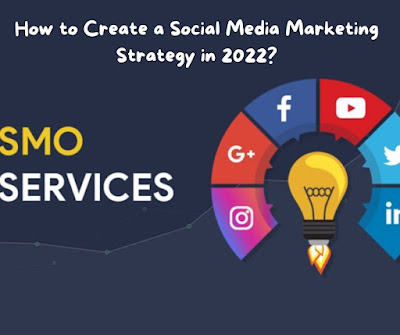How To Use Keyword Research to Build a Solid Content Strategy
Which online business doesn't want to appear on the top of SERP?
Who doesn’t think of finding the Best SEO
Company around them for content marketing?
Absolutely, without a doubt, all of us.
No business wants to fall out of the race in
this competitive digitalized world. Content remains at the forefront of every
business apart from the behind-the-stage developers' tasks. The point now is
that it isn’t always about writing great content, imagine what if nobody finds
it when one needs it?
You will need a successful content strategy for
your business further demanding you to know which keywords you should target.
Before knowing how to choose keywords, you need to know the three elements of
keyword research.
Elements of Keyword
Research
1.
Relevance
Google ranks content according to relevance. That’s where the
search intent will come into play. It is pretty obvious that your content will
only rank if it meets the requirement of what the user has searched. Make sure
the keywords you choose are relevant.
2.
Authority
You are likely to get more weightage if you have an authoritative
profile/website. It wouldn’t matter whether you write exceptional content if it
doesn’t come from an authoritative source.
3.
Volume
Volume is measured by MSV (monthly search volume), which means the
number of times the keyword is searched per month across all audiences. You
must know the volume of keywords that you aim to target.
How To Use Keyword
Research to Build a Solid Content Strategy
1.
Find
relevant topics and make a list of keywords that match them.
Make a list of a bunch of potential keywords that match your
niche, i.e., the services your business offers. Make sure the topics on which
you are writing are relevant and have been in demand. Incorporating the right
keywords in it will increase the chances of getting ranked.
2.
Make
space for a particular keyword in your title.
Try merging the keyword in the title of your blog. That way your
title becomes very SEO-friendly. Mix the head terms that are basically 3 words
long and long-tail keywords in each piece you write and post on your website. A
balance of both will have higher chances to appear in SERP.
3.
Keep
updating your keyword list.
Use Google’s Keyword Planner to cut short or update your list.
Research how your competitors are getting ranked for particular keywords that
you are using too. Also, try knowing which keywords your competitors aren’t
working on. It might be a chance for you to shine. Analysis of keyword
performance is highly important.
4.
Avoid
keyword stuffing and keyword cannibalization.
A long list of keywords and stuffing them in every piece you write
isn’t going to be of any help. Be clear about using one-two keyword in a
500-word long blog. A lot of keywords and the same keywords over and over will
cause only harm and no good. Every page of the website will start competing
with each other if you do not avoid keyword cannibalization.
5.
User
intent plays a big part here.
It is one of the most pivotal factors. Your web page must address
the problem that the searcher has intended. Simply put, your web page must have
the keyword that the searcher used and it must have relevant content to solve
his problem.
Hurry!!!
Get the best content marketing strategy from one
of the Best SEO Company in Mohali. Get full 360-degree assistance and
reliable services in web development, mobile app development, and digital
marketing from Oblivision Technologies.



Comments
Post a Comment